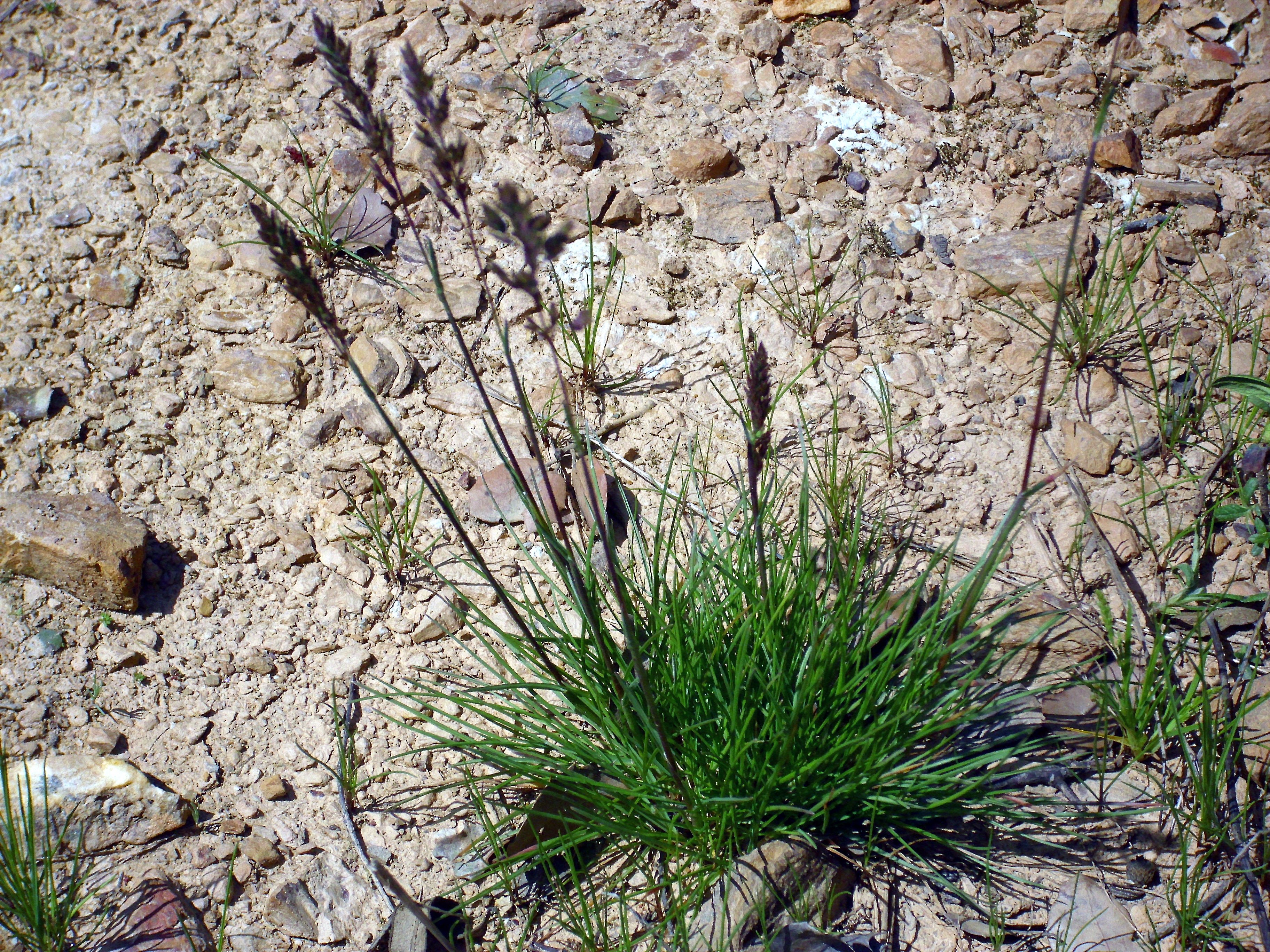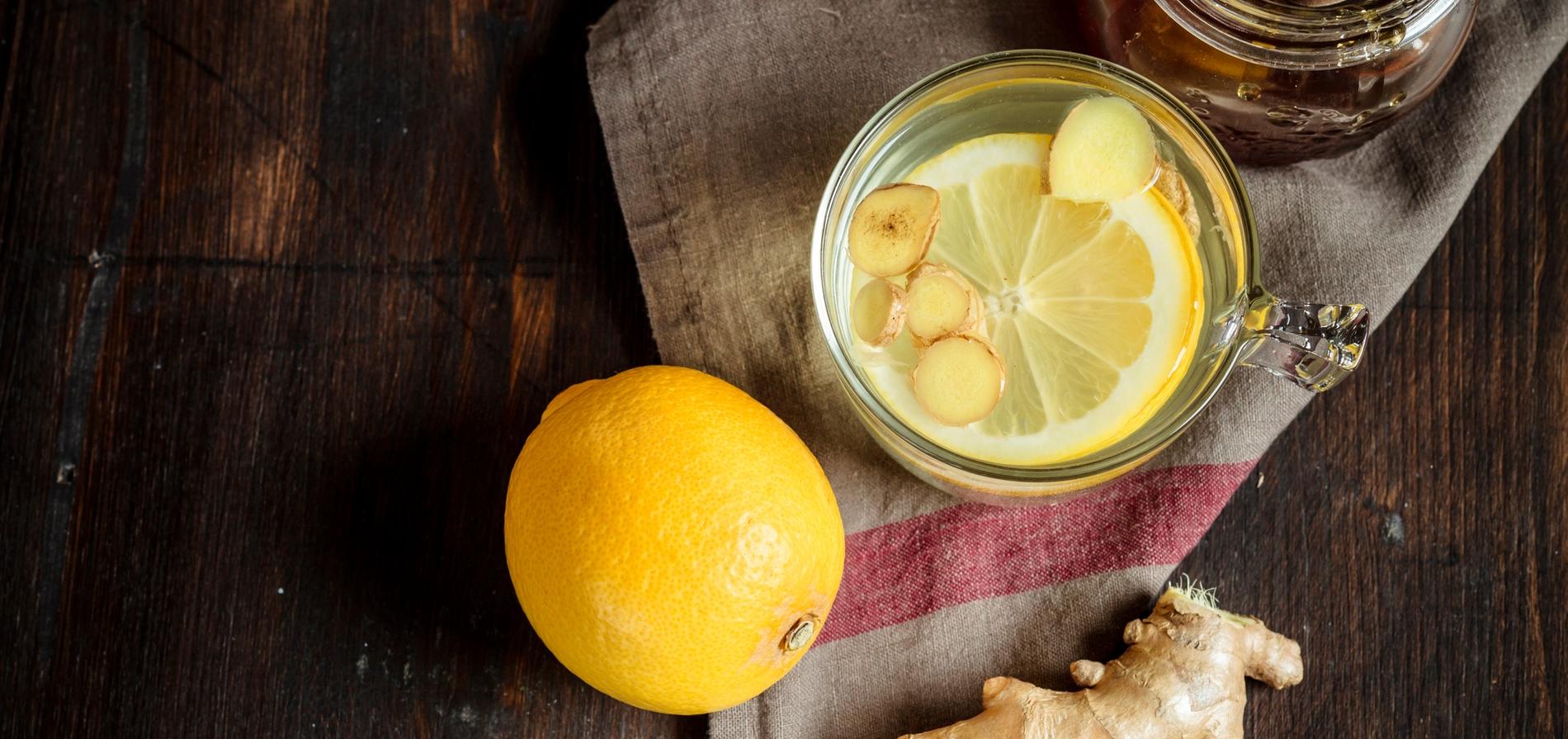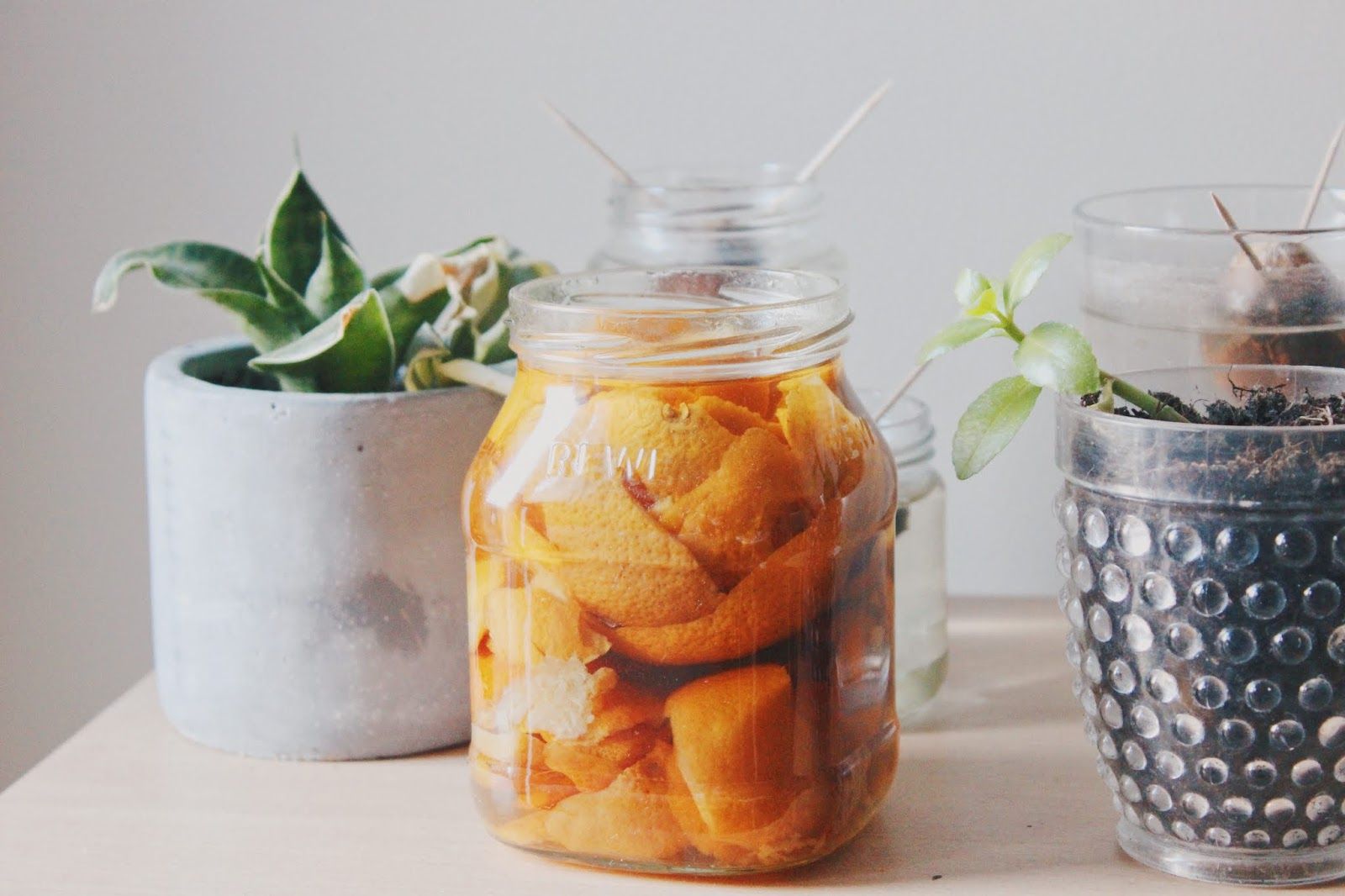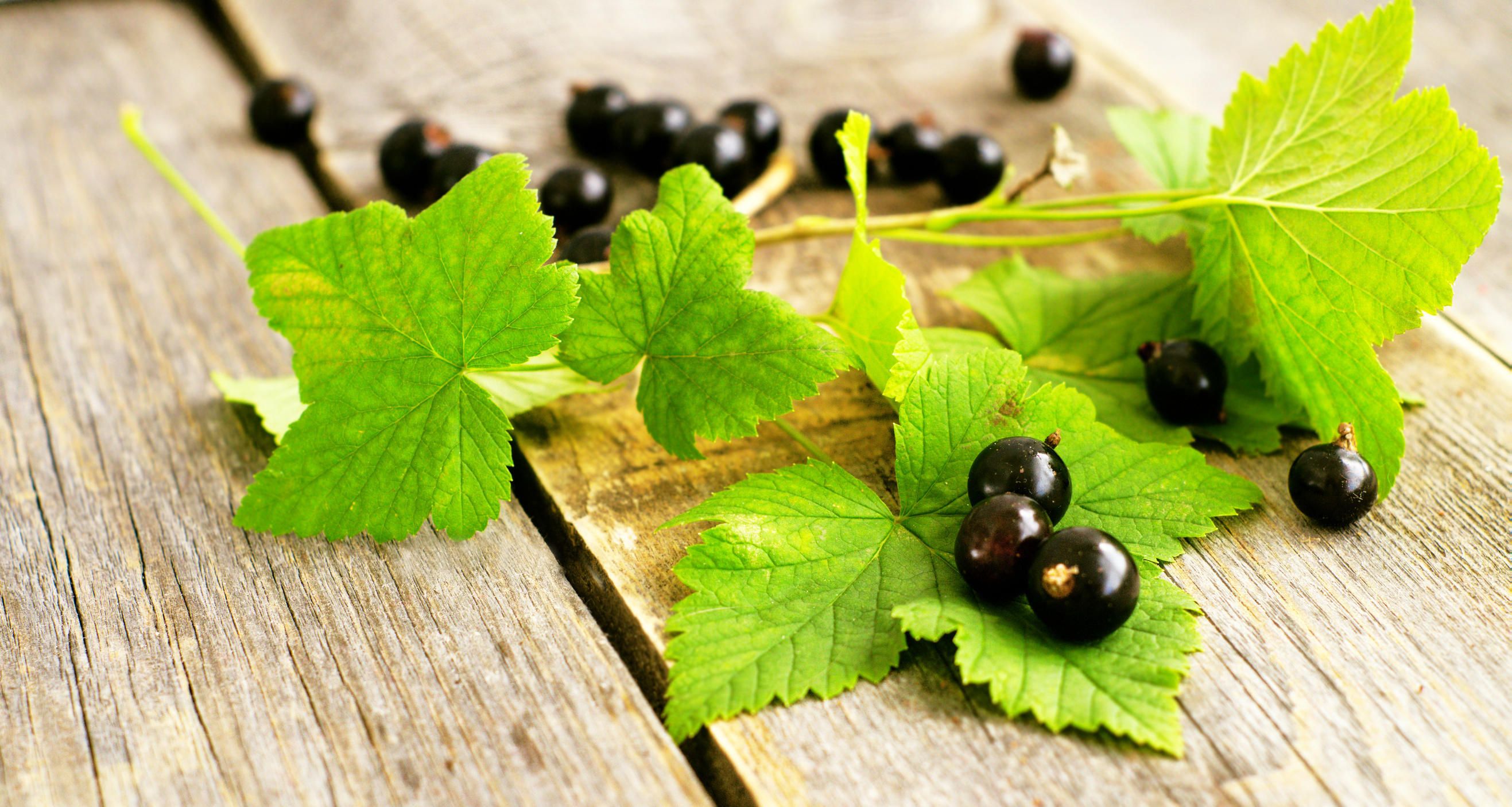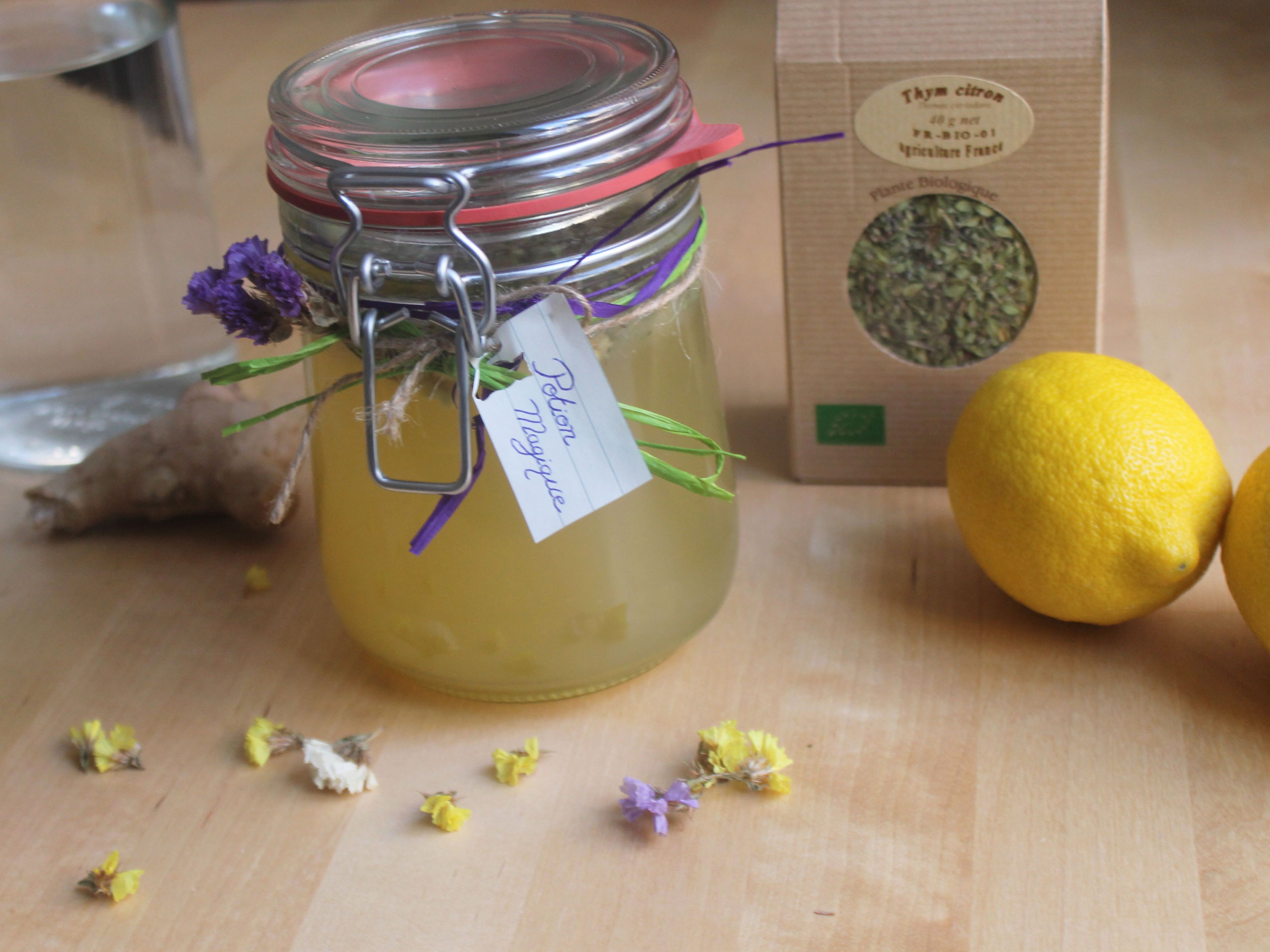The 16 Most Fiber-Rich Foods You Should Know.
Fiber is best known for its regulatory effect on the functions of the intestines.
But the benefits of fiber go far beyond a good intestinal transit.
Indeed, a diet rich in fiber can reduce the risk of serious illnesses: stroke, hypertension and heart disease.
Despite these indisputable benefits, if you are like most French people, you are not eating enough fiber.

Why should you eat fiber?
Our body needs fiber, even if it doesn't really digest it.
Indeed, the fibers are not really “digested” between the moment we ingest them and our passage to the toilet.
There are actually 2 varieties of fiber: soluble and insoluble.
Most foods in the plant family contain a mixture of soluble and insoluble fiber.
In the digestive system, soluble fiber turns into a gel, which slows down digestion. Therefore, this lowers cholesterol levels and blood sugar.
On the other hand, insoluble fibers do not undergo any modification until the colon, where they help to give mass and to soften the excrements (which makes them easier to evacuate).
Regardless of how they work, these two varieties of fiber are never absorbed by the body, which does not make them any less essential to our health!
A diet low in fiber can indeed cause constipation, which makes going to the bathroom painful and unpleasant.
It can also cause blood sugar regulation and appetite disturbances. Indeed, the fibers regulate the speed of digestion and contribute to satiety (the feeling of having eaten enough).
But having too much fiber a day can also be bad for your health.
Indeed, too much of fiber can cause transit too much fast. As a result, the body does not have time to absorb all the nutrients from the foods you eat.
Eating too much fiber can also cause unpleasant bloating and intestinal cramps (especially when fiber intake is suddenly increased overnight).
So what is the magic amount of fiber for a healthy, balanced diet? The recommended daily allowance by the European Food Safety Authority are 25 g minimum for an adult (man or woman).
Men and women over 50 need less fiber because they generally eat less food.
But what do these contributions actually represent? It's very simple, every day, a man must eat the equivalent of 10 slices of whole grain bread to have his daily fiber intake.
It might sound like a lot, but fear not! Whole grains are far from the only food rich in fiber.
Read on for a list of 16 Foods That Are Surprisingly High in Fiber, each time with a delicious recipe to help you put them on the table.
The best foods high in fiber
(Note: the amounts of fiber in foods vary slightly depending on how they are cooked, how long and how they are cooked.)
1. Split peas

Fiber content: 8.3 g per 100 g of cooked split peas.
The recipe to try: Old fashioned split pea puree
Split peas are a staple in Indian cuisine.
They are also an excellent source of protein, you can use them as a base for your soups and stews.
You can also use split peas in the dhal. This delicious Indian dish has everything one could want from a meal: balanced, tasty and filling.
Last thing: our homemade naans go very well with the dhal! ;-)
2. Lentils
Fiber content: 7.9 g per 100 g of cooked lentils.
The recipe to try: Lentil soup
The advantage of lentils is that they take little time to cook and that they are much more diverse (blond, green, black ...) than other legumes (the family of beans, beans, peas, etc.).
Prepared in soup, lentils reveal all their flavor: gourmets will appreciate it at its true value.
3. Black beans
Fiber content: 8.7 g per 100 g of cooked black beans.
The recipe to try: Vegetarian black bean chili
Black beans are literally packed with slow carbohydrates that help keep you going all day and protein.
This vegetarian chili is perfect for cold evenings, but also after your workouts.
4. Lima beans
Fiber content: 7.0 g per 100 g of cooked lima beans.
The recipe to try: Lima bean chili con carne
Cooked naturally, it must be admitted, lima beans really do not have a folichon taste.
But prepared in chili con carne, with minced meat and just the right amount of chili, peppers and tomatoes, they become a real delight.
5. Artichokes
Fiber content: 5.7 g per 100 g of cooked artichokes.
The recipe to try: Artichokes in vinaigrette
It's simple, artichoke is the vegetable with the most fiber per serving.
But oddly enough, many people neglect the artichoke ... It's a shame!
To savor it and take advantage of its high fiber content, use the delicious recipe for artichoke with vinaigrette linked above.
6. Green peas
Fiber content: 5.5 g per 100 g of boiled peas.
The recipe to try: Mashed peas with mint
Vegetable purees are a great way to get the most good nutrients into your diet.
And this recipe is lightning fast! It is rich in protein, omega-3 fatty acids and, of course, fiber.
7. Broccoli

Fiber content: 3.3 g per 100 g of boiled broccoli.
The recipe to try: Brocolis' Gratin
This family recipe is extremely simple. A little grated cheese, butter, milk and flour: the broccoli is transformed into a delicious dish.
Don't be surprised if your kids devour this broccoli gratin in one meal!
8. Brussels sprouts
Fiber content: 2.6 g per 100 g of steamed Brussels sprouts.
The recipe to try: Brussels sprouts with bacon in a casserole dish
The simple and classic recipe: Brussels sprouts, bacon, shallots.
We ask for more every time!
9. Raspberries
Fiber content: 6.5 g per 100 g of raw raspberries.
The recipe to try: Raspberry macaroons
No real need to promote raspberries. Raspberries are a bit like nature giving us sweets!
And if in addition they come in the form of macaroons, NOBODY can resist :-)
10. Blackberries
Fiber content: 5.3 g per 100 g of raw blackberries.
The recipe to try: Blackberry crumble
It's hard to miss the crumble when we talk about recipes that are simple to make and delicious to taste.
Try blackberry crumble, and you are incorporating even more fiber into your diet. Out of season, as with raspberries, use frozen blackberries: don't worry the fibers are still there!
11. Lawyers
Fiber content: 6.7 g per 100 g, about half an avocado.
The recipe to try: Guacamole
Few foods deserve the label "superfood" - and none more so than avocado.
Avocado contains loads of vitamins, fiber and “good” fats.
And what could be better than a good guacamole to taste all the nutritional richness of avocado?
12. Pears
Fiber content: 5.5 g for 175 g, a pear of medium size.
The recipe to try: Pork tenderloin with pears and honey
Simple and inexpensive, this recipe will allow you to try unusual mixtures of sweet and savory flavors.
The pork goes well with the sweet flavors. And pears, which are naturally high in sugar, caramelize easily.
Yum !
13. Wheat bran cereals
Fiber content: 18.3 g per 100 g of raw cereals.
The recipe to try: Multivitamin smoothie with wheat bran cereal
Don't have enough time in the morning to prepare yourself a breakfast?
This smoothie recipe only takes a moment. Mix all your fruits, and all you have to do is add a nice handful of wheat bran cereals (different from oat bran) to your glass.
And There you go ! Fast, healthy, delicious fiber and protein - all in one glass.
14. Whole grain pasta
Fiber content: 3.9 g per 100 g of cooked pasta.
The recipe to try: Zucchini pasta
Topped with a good sauce, whole grain pasta is truly comparable to wheat flour pasta.
Add zucchini and you have a delicious vegetarian meal on the go!
15. Pearl barley

Fiber content: 3.8 g per 100 g of cooked pearl barley.
The recipe to try: Tomato barley with vegetables
Barley is not just an ingredient in brewing beer.
These chewy-textured seeds are packed with incredible nutrients. In fact, they contain even more fiber than oatmeal and wild rice.
They can be enjoyed in soup or in a salad. But THE recipe to try is this barley tomato with seasonal vegetables.
16. Oatmeal
Fiber content: 1.7 g per 100 g of cooked oatmeal.
The recipe to try: Oatmeal pucks
Easy to take with you, these oatmeal pucks are simply divine.
But they will also help you recharge your batteries after a workout.
4 tips to add even more fiber to your diet
- Add linseed oil to your food: salad dressing, oatmeal, smoothies, yogurt and homemade pastries. You can even use it to bread chicken and fish. Linseed oil contains 3.8 g of fiber for just 2 tbsp. In addition, it has a high content of omega-3 fatty acids.
- Chia seeds have a impressive fiber content:5.5 g for 1 tbsp. Mixed with water, they become gelatinous. They are perfect for thickening your smoothies, making your homemade puddings or replacing eggs in baking recipes.
To discover : The 10 Benefits of Chia Seeds That No One Knows About.
- The spinach and carrots are not as high in fiber as the above foods. On the other hand, they can easily be grated or chopped and incorporated into your favorite dishes and recipes. You can also add it to banana cake, eggs and homemade pizza sauce.
- The food processor is really the best ally we can have in the kitchen! With your robot, mash vegetables that you can incorporate into your favorite sauces and stews. And to replace the rice, try this unusual trick: go from cauliflower to the food processor.
Enjoy your lunch !
And there you have it, you have discovered the 16 foods that are surprisingly high in fiber :-)
Your turn...
And you ? Do you know of other recipes to add fiber to your diet? Share them with us in the comments. We can't wait to hear from you! :-)
Do you like this trick ? Share it with your friends on Facebook.
Also to discover:
25 Foods You Must Never Buy Again.
11 Foods To Strengthen Your Immune System and Improve Your Health.




